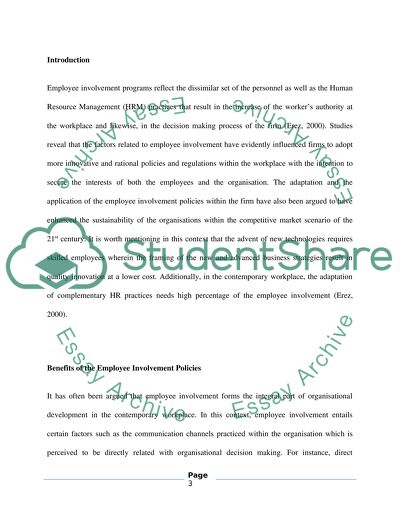Cite this document
(“The contemporary workplace: challenges and changes Essay”, n.d.)
Retrieved from https://studentshare.org/human-resources/1476477-the-contemporary-workplace-challenges-and-changes
Retrieved from https://studentshare.org/human-resources/1476477-the-contemporary-workplace-challenges-and-changes
(The Contemporary Workplace: Challenges and Changes Essay)
https://studentshare.org/human-resources/1476477-the-contemporary-workplace-challenges-and-changes.
https://studentshare.org/human-resources/1476477-the-contemporary-workplace-challenges-and-changes.
“The Contemporary Workplace: Challenges and Changes Essay”, n.d. https://studentshare.org/human-resources/1476477-the-contemporary-workplace-challenges-and-changes.


